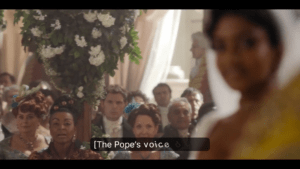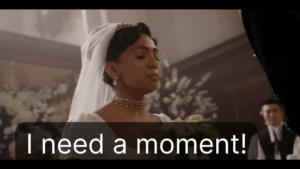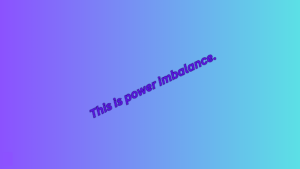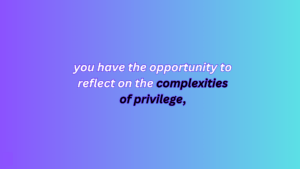For my first assignment, I chose to add the modality of captions to my audio descriptions assignment. Originally, I only added audio descriptions without captions. If a person who was heard of hearing was watching the original video, they would not have been able to understand without captions.
I wanted to keep the captions as simple as possible, which I felt matches the entire scene. By keeping this in mind, I added captions with white text and a black transparent background. However, I added slight animation when it was applicable. For example, I added this flowing text animation to match the Pope’s voice drifting off.:

In this next example, I added another text animation to make the text bounce when entering and exiting the scene. It felt like it fit, since it raises viewer attention just like the Pope’s voice raises Anthony’s attention:
![Anthony Bridgerton [caption: the pope saying "my lord"]](https://bpb-us-e1.wpmucdn.com/wp.nyu.edu/dist/a/28640/files/2024/03/Screenshot-392-300x169.png)
Lastly, I added other animations to Edwina’s texts. Once when she is panicking and breathing heavy, and another when she shouts at Anthony:
![Edwina: I....[breathes heavily]](https://bpb-us-e1.wpmucdn.com/wp.nyu.edu/dist/a/28640/files/2024/03/Screenshot-394-300x169.png)

I believe, overall, that these captions added a simple but necessary accessibility enhancement to the video.
For my second assignment, I decided to add the modality of sound, as well as captions, to provide description for my touch object. My sculpture had multiple objects to interact with and overall big themes. I believe adding a video that would describe the large themes of the sculpture would make it easier to understand the sculpture. I also included some text animation in this video. For example, this animation spaces out the letters, which show an emphasis on the words being said.

This one shows rotated text, which is a metaphor for an unbalanced scale:

